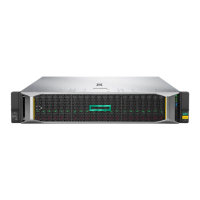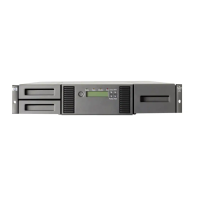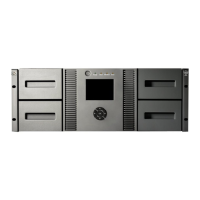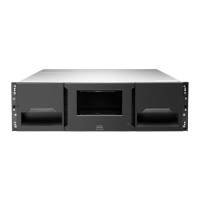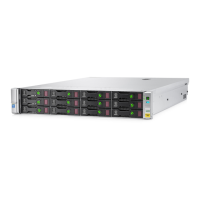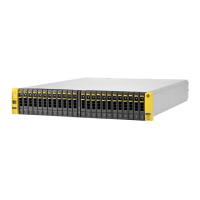Table 7 Known issues (continued)
ResolutionIssue
the following steps before using one of these tools after making changes from
the HP Smart Storage Administrator:
1. Close the HP Smart Storage Administrator after making the changes.
2. Update the storage cache using the following method:
• Open PowerShell and run Update-StorageProviderCache.
The changes made using the HP Smart Storage Administrator will now be
displayed.
When the logical drive configuration of the system does not match with the
system recovery configuration file, this message is displayed on the screen.
The Actual Drive ID does
not match what is expected
This usually occurs when you delete the logical drive on which the operating
system is installed.
message is displayed during
system installation and recovery.
• If a recent backup exists, the system can be restored after removing all logical
drives in logical array A using HP Smart Storage Administrator. Start Intelligent
Provisioning during system boot and remove all logical drives from array A
and then boot from the System Recovery media. Restore the backup when
the system recovery process completes and appropriate storage is configured.
• If a recent backup does not exist, use the System Recovery media to access
and capture the data from the remaining logical drives in array A by copying
the files to a network share. When the data is copied, use the System
Recovery media to restore the system after removing the logical drives in
array A using Intelligent Provisioning.
IMPORTANT: This issue only affects logical drives in array A. Do not delete
logical drives in any other logical array.
For information on using the System Recovery DVD, see “Using the System
Recovery DVD to save system data” (page 169).
To resolve this issue, open a Windows PowerShell command prompt and execute
the Update-StorageProviderCache command.
In a dual domain configuration, the
loss of a redundant path
intermittently displays the controller
as Loading in Pool Manager.
To resolve this issue:Windows Server Manager does not
display correct capacity details of
• Open a Windows PowerShell command prompt and execute the
Update-StorageProviderCache command.
the logical drive that is extended
using SSA.
• Click Storage Pools or any other section in the left pane of Windows Server
Manager, and then click Disks.
To resolve this issue:If all drive letters are consumed,
the New Volume Wizard fails while
assigning the access path.
1. Open Server Manager and click File and Storage Services→Volumes.
2. Right-click on the volume and select Manage Drive Letter and Access
Paths.
3. Select a drive letter from the list and click OK.
Install StoreEasy Dashboard on a system that is Quick Restored in one of the
8 languages that are supported. For information on supported languages, see
HPE StoreEasy 1000 Storage Release Notes.
System health discovery fails on
the StoreEasy Dashboard
This issue occurs when the log files are locked and inaccessible due to number
of discoveries. To resolve this issue, delete the log files located at C:\hpnas\
logs\rest.
StoreEasy Dashboard displays the
Application load timeout
error.
This is an expected behavior because the StoreEasy Dashboard services restart
everyday at 3:00 AM.
The Information tab under Events
on the StoreEasy Dashboard
displays events related to service
termination.
Known issues 157
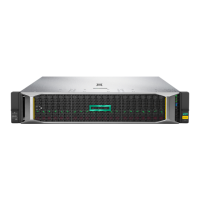
